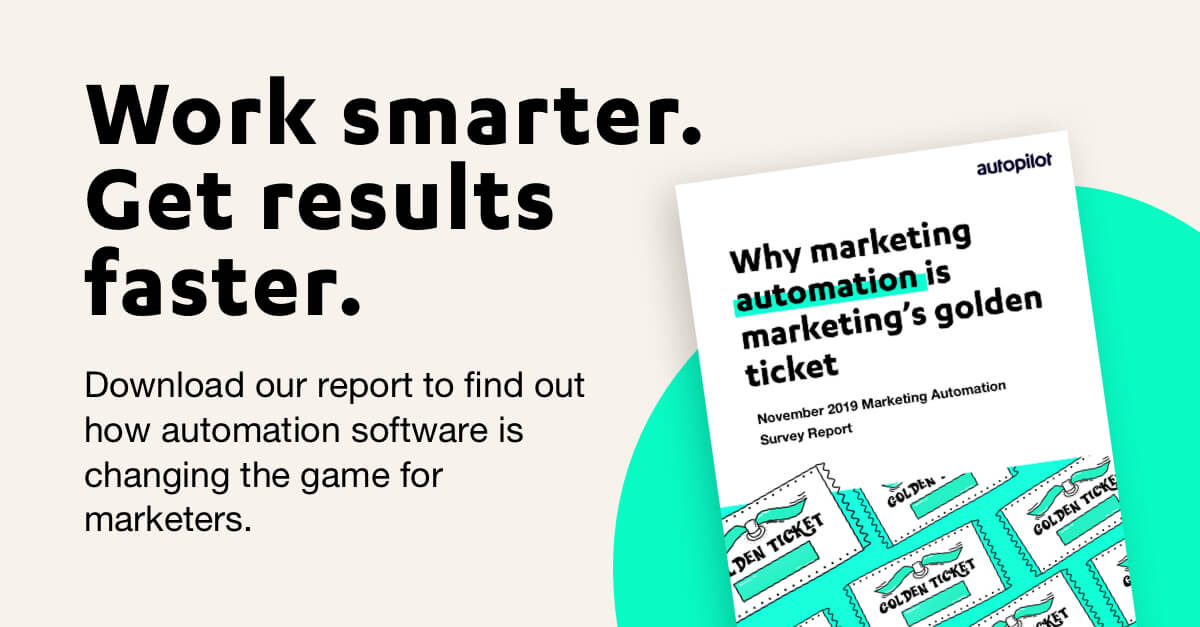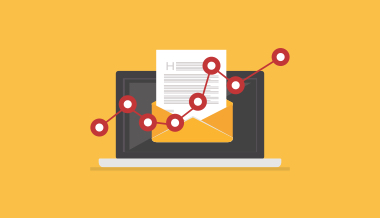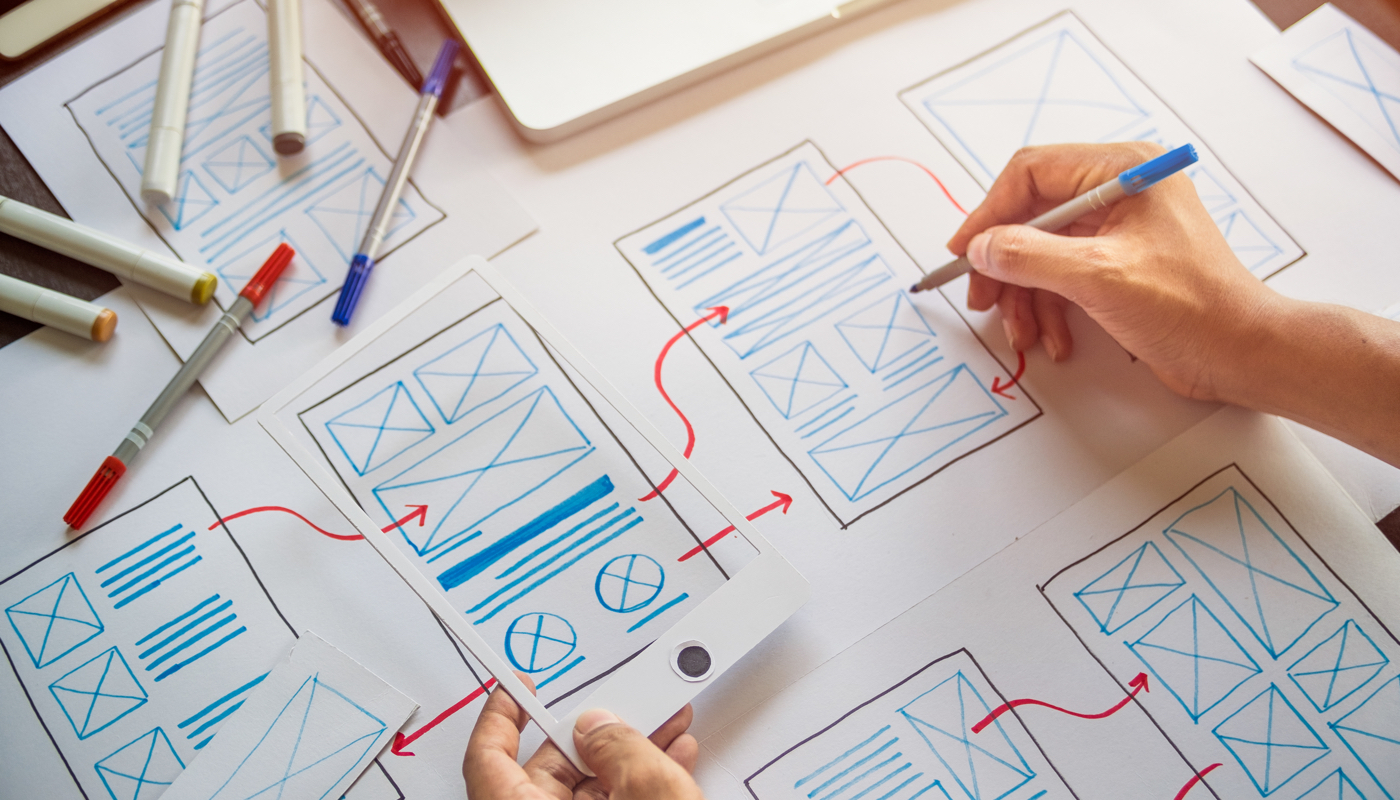September 9, 2020
Email marketing templates
An effective email marketing strategy is one that looks at a customer’s every touchpoint and moves them swiftly through the sales cycle. There’s no time for filling their inbox with irrelevant content or boring stories when there’s a sale to be made. Even with multi-channel marketing strategies featuring SMS and social media channels, email continues to dominate with 59% of B2B marketers citing that email is still the most effective channel in terms of revenue generation (BtoB Magazine).
One of the easiest things you can do to drive more revenue and engagement with your emails, is to personalize them. We’ve talked consistently about the benefits of personalization, because we know that personalized content can deliver 5 to 8 times the ROI on marketing spend, so if you’re not up-to-speed with your personalization, now is the time!
To fire up your personalized marketing, we’ve compiled our most popular email templates that you can start using today.
Send an email newsletter
In 2020, there are over 4 billion email users worldwide (Radicati Group study). With over 300 billion emails being sent every day (Statista) it’s harder than ever for companies to capture the attention of their subscribers.
Marketers spend a lot of time curating and finding the best email content, yet up to 87% of emails are never even opened, let alone read (Campaign Monitor).
To ensure all your hard work is not put to waste, the above email journey automatically re-engages with subscribers who didn’t open your first email.

The journey is triggered when a contact opts-in to a newsletter subscription. All contacts within the “Newsletter Subscription” list are sent a monthly email. Depending on your business needs, you can configure this newsletter to be sent daily, weekly, fortnightly, etc.
For all recipients who haven’t opened your email, send them a second one. Just make sure you have a timing delay between both emails so you give people time to receive and open the first.
But what makes the second email so different from the first you ask? In the second email, it’s your chance to tweak the subject line and write copy that may be more appealing to your subscriber. For example, if your first email subject line was mysterious, on the second send, try to be more direct.
In some cases, your initial email may have simply been lost in an inbox. The second gives your customer another chance to find it.
Basic lead nurturing
For every $1 you spend on email marketing, you can expect an average return of $42 (Litmus’ 2019 State of Email Survey). An effective email nurturing journey can drive meaningful engagement with your subscribers, prompting them to take action with your product or service.
An email nurture journey can be used in a variety of cases. For example, you may want to educate subscribers with daily content, inform customers of recent product releases, or encourage new leads to make a purchase.
The above journey demonstrates a simple drip email campaign that includes outreach from sales to engaged contacts. In this journey, subscribers are sent down a path with four nurturing emails.
For the first email, it’s always best to choose your top-performing content and lead with an article that is most likely to pique the interest of your contacts.
For example, if your product is marketing automation software, you might consider sending educational content that offers high-value, as shown here:
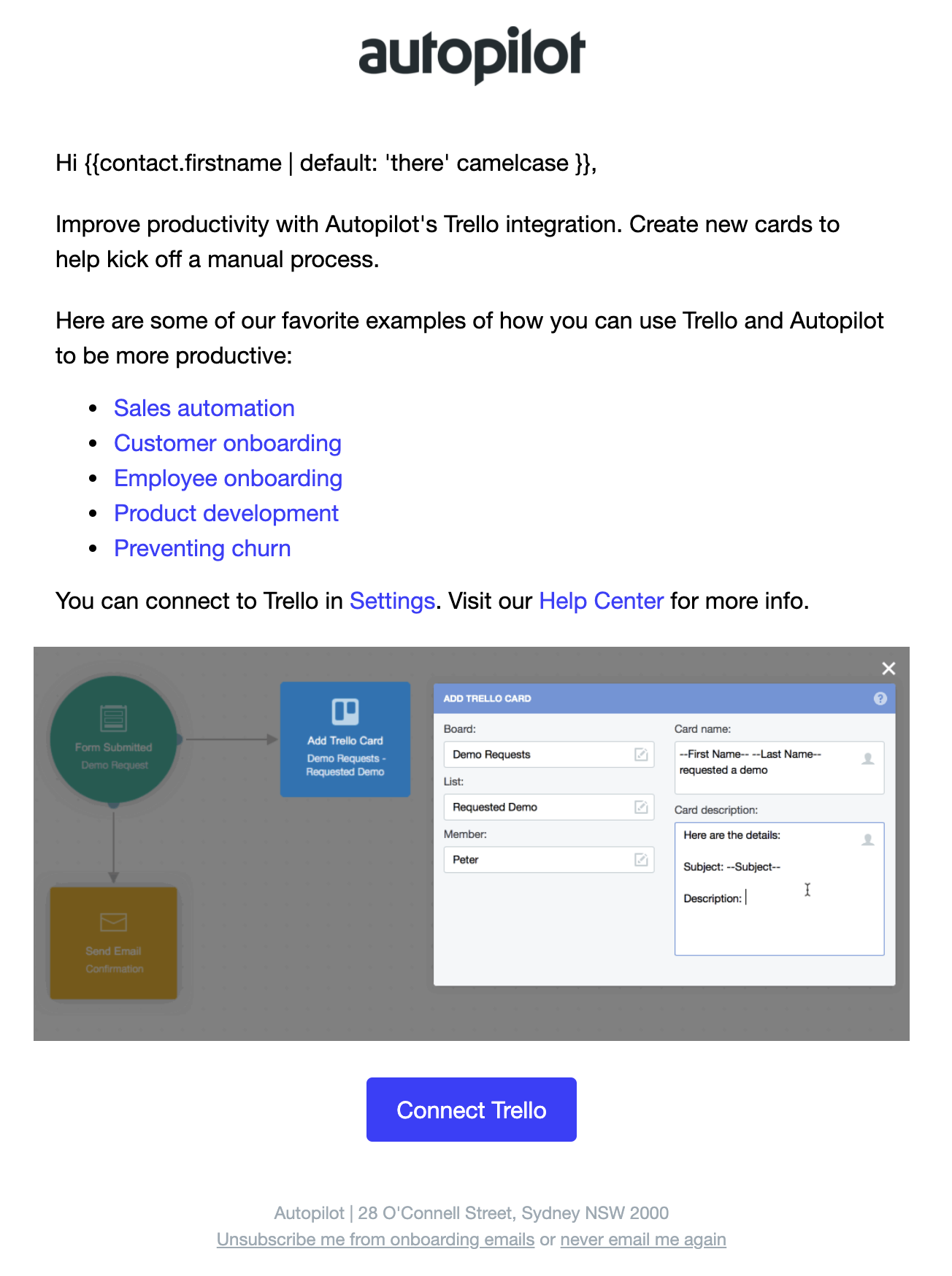
High-value content for your first email.
If, at any point, your contact clicks a link or CTA within your emails, it can be a good chance to accelerate them through the journey by connecting them with your sales team. This is a good use case for contacts who are sent product-related emails. Clicking on a link shows the marketer that they’re interested in your products. You may want to graduate them from a basic lead into a sales-ready lead.
Once this happens, you can alert sales to follow-up in a personalized email, as shown here. In this email, we’ve used liquid code to personalize and tailor the content specifically to the actions that each contact has taken in setting up their account. They’ll receive an email that looks something like this:
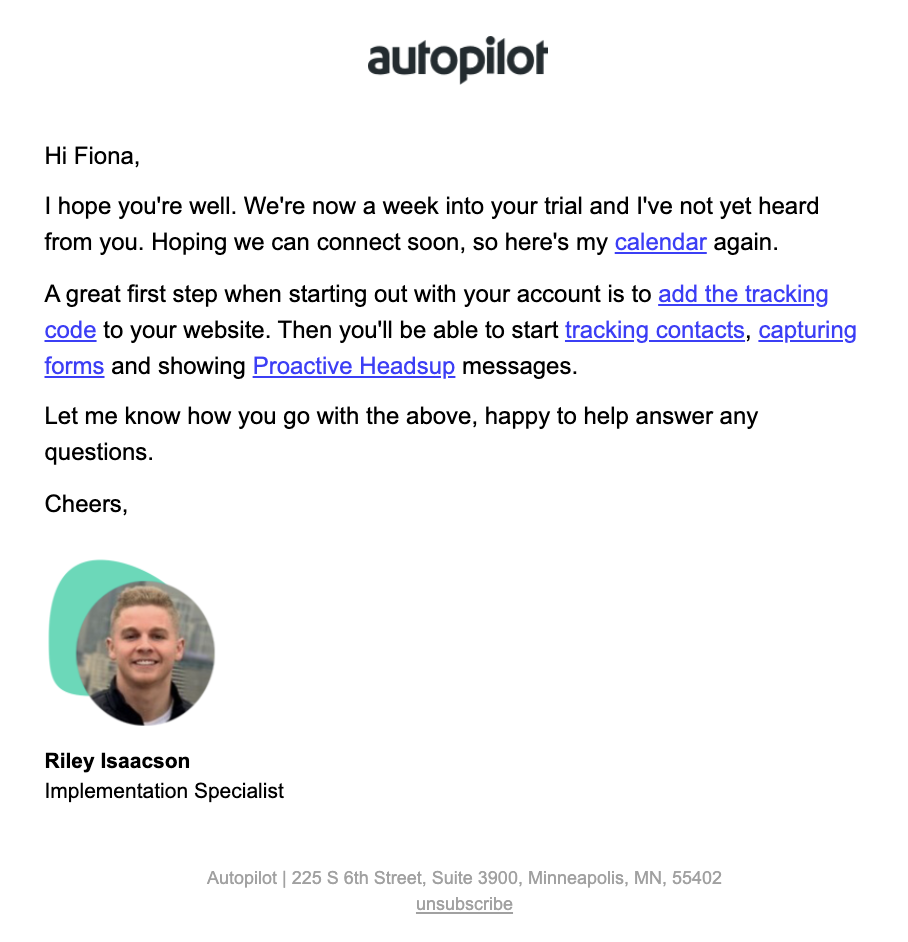
Direct, personalized sales follow-up email
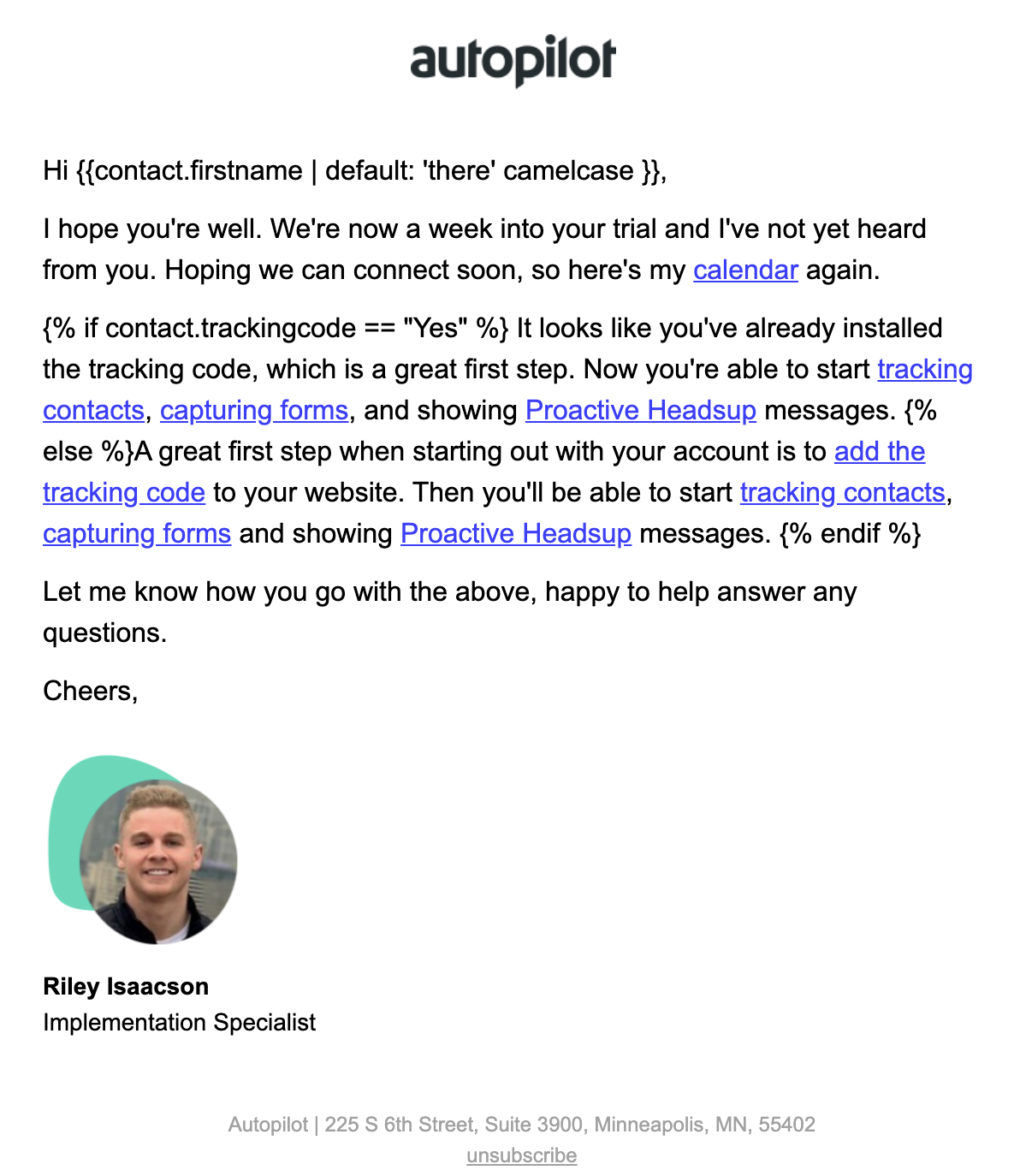
This is what the email looks like in its raw form, so you can see how we’ve used the liquid code.
For contacts that complete your nurture journey without clicking your links, you still have a chance to win them over. At the end of your journey, send all contacts who took no action with your emails into a “Re-engagement” list, and send them on another journey.
This will give yourself a second chance with contacts who might just need an extra nudge.
Add extra complexity
The two email marketing templates above are our most popular — and for good reason. They’re simple to construct and they’re an easy win for ROI.
Once you start using them, you’re free to add extra complexity and customize them to your business’ tone-of-voice and style.
Every subscriber is a possible sale and converting them is a process of trial and error. If you want to find more strategies to convert them, browse our extensive list of email templates here.
This article was originally published in December 2018 and has been updated with recent statistics and resources.




